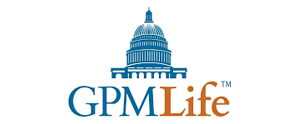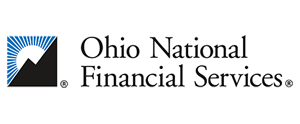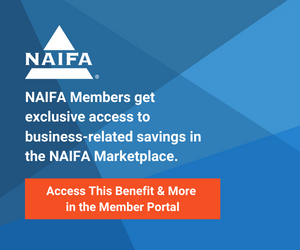Research from the Nationwide Retirement Institute finds the majority of business owners (55 percent) consider the cost of healthcare to be the biggest expense for those in retirement, outpacing housing (24 percent), taxes (12 percent), food (6 percent) and transportation (1 percent).
Yet, just one in five (20 percent) business owners fully understand important elements of health savings accounts (HSAs), according to the survey of 406 U.S. business owners with 11-500 employees.
Among those surveyed, many didn’t understand that it’s necessary to provide a high-deductible health plan (HDHP) when offering an HSA, that employers can contribute to employee plans and HSA balances carry over year-to-year. These findings demonstrate the misconceptions and barriers that exist in helping employees save for current or future healthcare expenses, the survey notes.
Meanwhile, three in four U.S. business owners expressed interest in talking to a financial advisor about employee benefits that reduce company taxes (77 percent), offer employee tax savings (74 percent) or may increase retirement savings (76 percent).
“Business owners want to talk about employee benefit solutions that offer tax savings and can help increase retirement savings,” said Kristi Rodriguez, leader of the Nationwide Retirement Institute. “A real opportunity exists for financial advisors to play a major role in educating business owners about the benefits of health savings accounts for both their business and their employees.”
Uncertainty may create barriers
Business owners who already offer an HSA report that the main benefits are providing tax advantages (56 percent) and the ability to cover healthcare deductibles and out-of-pocket expenses (58 percent). Less than half (43 percent) say saving for retirement is an advantage associated with HSAs. In contrast, those who don’t offer HSAs and are not considering one say they are unsure of the advantages associated with HSAs.
In addition to misconceptions around the benefits of an HSA, a gap exists in understanding that businesses must provide an HDHP in order to offer an HSA. Six percent of business owners with 101-500 employees answered that their business offers an HAS, despite indicating they did not offer an HDHP option, which would not be possible.
Four out of ten (41 percent) business owners offer their employees an HSA. Another 21 percent are considering one and 38 percent state they are not considering an HSA. The larger the business, the more likely it is to offer an HSA: 59 percent of companies with 51 to 100 employees offer an HSA and 60 percent of companies with more than 100 employees offer one, compared to only 25 percent for companies with 50 or fewer employees.
Millennial business owners lead the way
Today, 81 percent of Millennial business owners offer an HSA option, compared to 44 percent of Gen X and 25 percent of Boomer owned businesses. Millennial business owners also possess a solid knowledge about the important elements of HSAs, in addition to how HSAs can be advantageous for them and their businesses. However, only 31 percent of Millennial business owners knew that HSA balances carry over year-to-year. Lastly, Millennial business owners expressed the greatest interest in speaking with a financial advisor about benefits associated with HSAs, with at least 90 percent saying they’d be interested.








.png?width=300&height=300&name=CC%202025%20Ad%20(300%20x%20300%20px).png)
.png?width=300&height=600&name=Tax%20Talk%20Graphic%20-%20email%20tower%20(300%20x%20600%20px).png)



.png?width=300&name=NAIFA-FSP-LH%20with%20tagline%20-%20AT%20blog%20email%20ad%20(300%20x%20250%20px).png)
.png?width=728&height=89&name=2024%20Congressional%20Conference%20(728%20x%2089%20px).png)
